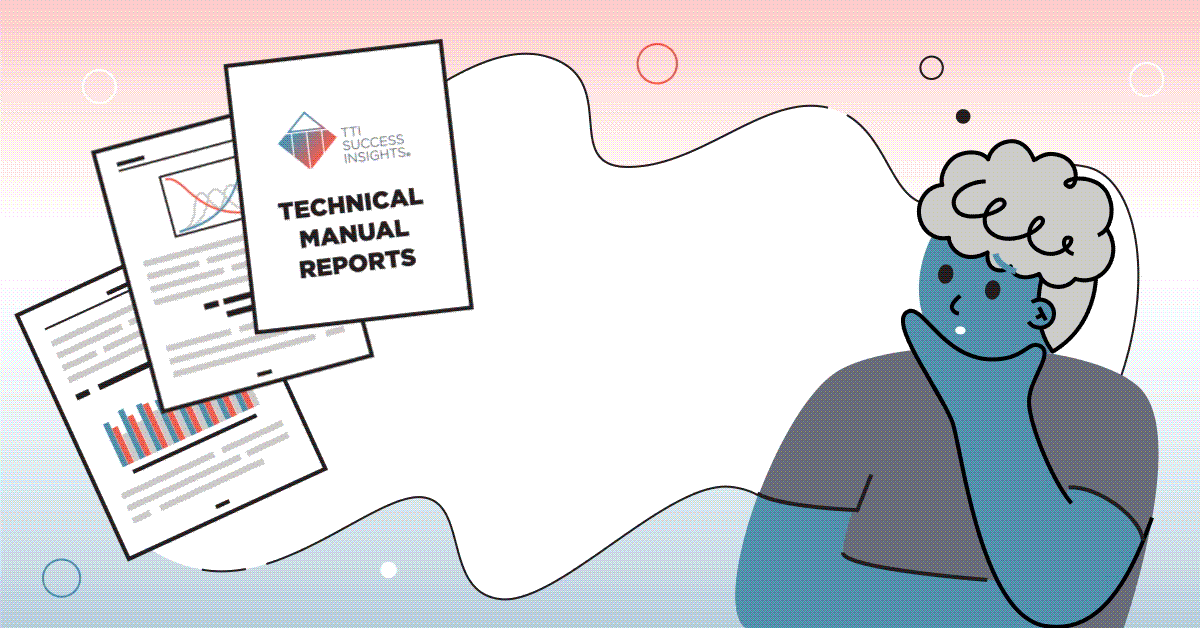Method For Facilitating An Assessment Debrief
Each debrief is different.
There is a complex chain of considerations that go along with every debrief situation to be given due care. These considerations range from the relationship between the debriefer and debriefed; job, organisational and team context; the type of assessment and the nature of the assessment results; client expectations; stakeholder involvement; time availability; and, most importantly, the ultimate purpose of the debrief (e.g., improve self-awareness, change behaviour, improve sales, productivity or performance, address team or leadership issues, resolve conflict, more effective communication, etc).
Because every debrief is different, not all debrief conversations can (or should) be based on a script, formula, or structured process to be followed the same way through each time.
However, for practical purposes, it helps to know there are templates out there based on other experts’ years of trial and error which you can draw from and adapt to suit your own purposes. Below is one such template.
What follows are some basic guidelines, structures, and pointers we use to ensure a successful assessment debrief, and while the process is based on assessment use, it also has relevance to facilitation more broadly.
The 3 R’s
As a starting point and foundation for thinking about the role of the facilitator, it is important to remember the R3 concept (as developed by our American partners):
- Reveal - It is the assessment report’s job to illuminate and reveal attributes about a person for discussion.
- Release - It is the facilitator's job to take the content from the report and help the respondent and organisation they work for release their potential by creating meaningful interactions.
- Realise - With the foundation of the first two R’s, it is now over to the respondent and/or the organisation, using what they have learned, to realise this potential.
With the “Release” step landing fairly and squarely with the facilitator, the debrief discussion is all about creating an interaction that helps the individual or group understand, interpret, and apply the results of the assessment process in their personal and professional lives. To this end, we recommend the following questioning method.
A Structured Questioning Method
The What-Why-How-How-Who questioning method is a formula to unpack any statement or graph in an assessment report. The process creates a structured, targeted, and meaningful conversation around an individual’s results.
This discussion will also help to generate options for the individual or group to understand and more effectively realise their potential.
The questioning method is comprised of 5 key questions:
- What - The goal of the “what” question is to have the participant(s) define what they believe the score/statement means in their own words.
- Why - The goal of the “why” question is to have the participant(s) explain why they believe the score or statement is (or could be) important to the discussion.
- How - The goal of the first “how” question is to have the participant(s) explore how the score/statement might apply to the participant(s) situation now or in the past.
- How - The goal of the second “how” question is to have the participant(s) explore how the score/statement might apply to the participant(s) situation in the future.
- Who - (This question is optional.) The goal of the “who” question is to have the participant(s) identify any people they may need to involve to ensure successful implementation of an insight gained from the conversation.
An example of how each of these questions might sound:
- What - What does the statement mean to you?
- Why - Why is it important for others to understand this about you?
- How - How does this trait contribute to your performance?
- How - How does this trait have the potential to hinder your performance?
- Who - Who can help ensure this trait contributes rather than hinders your performance?
There are a couple of key considerations to ensure the effectiveness of this process. The first is a solid understanding of the report section you are exploring and how it is built. This is important because it informs the framing of the questions.
The second is, while using a formula, we must also try to keep it conversational and not robotic. Think of the formula as a template or base, not a pre-planned set of specific questions we ask like a checklist.
The Process
This questioning framework can be conducted by the individual on their own, as a diad (the facilitator + one), triad (the facilitator + two), or as a group activity.
It is a great methodology to help people understand themselves and others by guiding them through a structured set of questions to unpack the information in their report.
The procedure might play out like this:
- Have the participant(s) turn to the relevant section of their report. Request they read the content and select a statement(s) or score(s) they think is important to explore.
- Ask each participant to share a statement and work them through the What-Why-How-How-Who formula.
- As each participant shares these points, aim to summarise them into succinct statements that you can restate to them/the group.
A few tips as the facilitator:
- Don’t underestimate the time it takes for each person to share – allow for a minimum of 5 minutes per person (usually more).
- Don’t allow people to get away with not fully describing each item (for example, “the statement means what it says” type statements). Request they give you each statement in their own words, from their perspective
- Allow people time to think. If completing a group share activity, ask participants to first answer the questions on a worksheet in preparation for sharing.
- With larger groups this activity can take a long time, so to accelerate the activity we can divide participants into smaller breakout groups.
Depending on your purpose for facilitating this discussion, seek to relate the outcomes from the question to the specific goal of your session.
For example, if working with a group of leaders, we will want to explore how we can leverage these traits in the teams we lead, and how we might use the knowledge of these traits in designing and recruiting teams.
The most important thing to remember as a facilitator is that the report is a platform for the discussion. Use the feedback in the report to start the conversation and guide it to the outcomes specific to your participants.

Trevor O'Sullivan
General Manager. Since the early 2000s, Trevor has worked with thousands of Talent Management professionals to develop and apply assessment-based talent management solutions for selecting, developing and managing people. Trevor is an active member of the TTI Success Insights (TTISI) Global Advisory Council, contributes to TTISI product development and is a regular presenter at TTISI-R3. He is honoured to have received multiple Blue Diamond Awards and, more recently, the Bill Brooks Impact Award recognising his contributions to the TTISI global network.




0 Comments